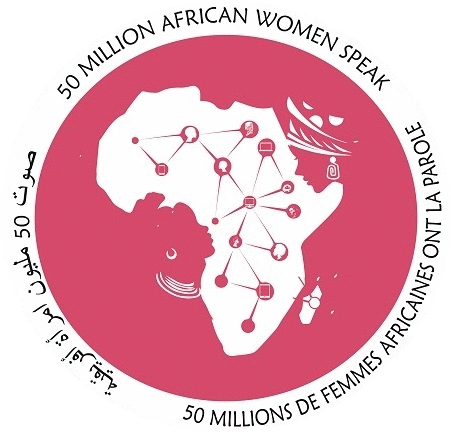Agreement Establishing the Inter-Governmental Authority on Development (IGAD) - Kenya
- Kenya
- Resources
- Market Information
- Cross Border Trade
- Cross Border Trade
Quick information guide
Incentives for cross border trade:
Between EAC Partner States
- Tariff and Non-Tariff Barriers to trade are continuously being eliminated, making cross border trade easier;
- Re-exports are exempted from the payment of import or export duties;
- The East African Community (EAC) Common Market Protocol facilitates the free movement of people and factors of production;
- Trade information and documentation has been by simplified, standardized and harmonized to facilitate trade in goods;
- Price and demand factors for goods and services across border
Between COMESA Member States
- Establishment of Free Trade Area has facilitated:
- Reduction of tariff and non-tariff barriers;
- Liberalisation of import licensing;
- Removal of foreign exchange restrictions;
- Import and export quotas;
- Easing of customs formalities;
- Creation of one-stop border posts;etc
- COMESA virtual trade facilitation, an online system that integrates other COMESA trade facilitation instruments in one platform. It also helps to monitor consignments along different transport corridors across the region. Read more
- Trade information and documentation has been simplified, standardized and harmonized to facilitate trade;
- Price and demand factors for goods and services across borders
Contacts
Ministry of Interior and Coordination of National Government
Department of Immigration Services Nyayo House 20th floor,
Kenyatta Avenue/Uhuru Highway
P.O Box 30395 – 00100 Nairobi.
Tel: +254 20 2222022
Email: dis@immigration.go.ke
Cross border trade information
It is often dominated by women who trade in agricultural and livestock products therefore creating employment and supporting livelihoods.
“Traders generally exchange small quantities of modest value, due to a variety of constraints including limited financing, poor-quality inputs, low capacity, lack of machinery, and inefficient marketing and distribution channels, among others”. Read more
Information on export quality and standards
Business opportunities that exist for Cross Border Traders in Kenya
Choosing how to travel to EAC Partner States from Kenya and documents needed
Business opportunities that exist for Cross Border Traders in Kenya
Information on export quality and standards in Kenya
Travelling in the COMESA region
Agreement Establishing the Inter-Governmental Authority on Development (IGAD)
This is a treaty between the following countries, Djibouti, Eretria, Ethiopia, Kneya, Somalia, Sudan and Uganda. Membership is open only to African States in the sub-region and new member countries are admitted by unanimous decision of the assembly.
The Aims and Objectives of the Authority shall be to:
- Promote joint development strategies and gradually harmonize macro-economic policies and programmes in the social, technological and scientific fields;
- Harmonize policies with regard to trade, customs, transport, communications, agriculture, and natural resources, and promote free movement of goods, services, and people and the establishment of residence;
- Create an enabling environment for foreign, cross-border and domestic trade and investment;
- Achieve regional food security and encourage and assist efforts of Member States to collectively combat drought and other natural and man-made disasters and their consequences;
- Initiate and promote programmes and projects for sustainable development of natural resources and environment protection;
- Develop and improve a coordinated and complementary infrastructure, particularly in the areas of transport and energy;
- Promote peace and stability in the sub-region and create mechanisms within the sub-region for the prevention, management and resolution of inter and intra-State conflicts through dialogue;
- Mobilize resources for the implementation of emergency, short-term, medium-term and long-term programmes within the framework of sub-regional cooperation;
- Promote and realize the objectives of the Common Market for Eastern and Southern Africa (COMESA) and the African Economic Community;
- Facilitate, promote and strengthen cooperation in research, development and application in the fields of science and technology.
- Develop such other activities as the Member States may decide in furtherance of the objectives of this Agreement.
Member states further agree on the following. Read More on the treaty





